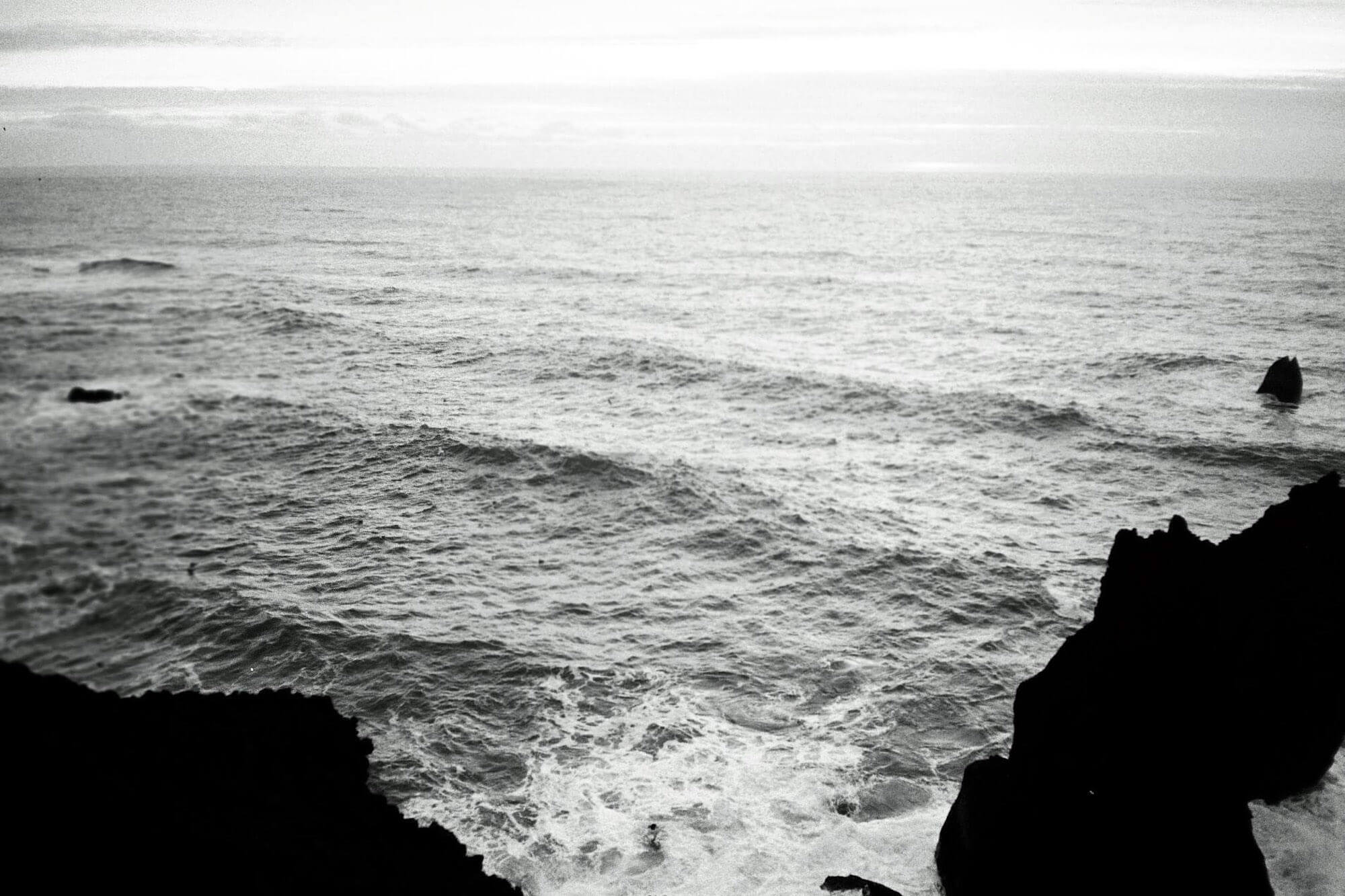As designers, we have a lot of power when it comes to consumerism. We create packaging, commercials, apps, web-sites, furniture, and products such as toys, cellphones, tapestry and clothing. We select materials based on how reusable it is, how long the product is supposed to last and if it’s possible to repair. We choose how people feel about a product. Visual communication is a field of power. It’s manipulative,it’s persuasive and informative, but it can also be encouraging.
One of the questions you have to consider as a designer is: do you want yourdesign to actively contribute to or encourage change? Or do you want your designto influence people subliminally without their knowledge?
In an ideal world I would love to create design that contributes to people actively taking charge, based on the fact that they want to. Not just for their own egotistical reasons, but for the environment, our planet, and fellow human beings.I realize as I’m writing this that it might sound naïve, or as a sort of utopian dream, but stay with me.
Climate change and global warming are a collective issues, a problem that depends on us being willing to sacrifice a small portion of comfort for the greater good, and for our planet. Design is all about empathy for others; including animals, nature, the ocean, and humans. So how can we use our skill to empathize,create and design to make necessary changes happen?
Design has definitely made a contribution to the issues at hand, industry, manufacturing and government to name a few. The dark side of mass production, plastic waste and toxic chemicals have been known for several years.
I find it interesting that this is a reoccurring problem not being taken seriously. It is not news to any of us. Are we simply too lazy; or in some cases, too privileged to take the problem seriously?
With responsibility comes dilemma. If people are not willing to make changes, what is next? Should I manipulate people just because I can? Making them do the right thing by shear force instead of by their own will? It does not even feel right writing these words. What will it take to make others see the situation, as severe and serious as it is? Putting in a major effort the night before a deadline might work in some cases, but the same anaology does not apply to our planet. In this case the deadline passed several years ago, and now we are all suffering from the result of communal procrastination.
Shouldn’t I, as a designer, encourage, and hope that some people will take charge of making the necessary changes if we just facilitate, guide and motivate the population by creating design with change in mind, and our planet and wellbeing as a main goal?

Young aspiring designers enter the workforce every year with new knowledge, different interests and background. With new technology at hand and more easily available than ever. Even though we are not responsible for the problem, we are the first ones to live in a time where designers have evolved enough to see the problems, the solutions, and actually have time enough to do something about it to benefit generations to come. We should use that power and knowledge for good—use our power to encourage change and to help our planet, instead of ignoring the problem and keeping on wrecking the planet. Making small changes such as recycling, using public transport, and not buying more than we need. Itdoes not cost much, does not take much time—but it makes a huge difference for our planet. We need to remove the guilt, the stigma, and the shame, and reform how people think and act about the issues at hand. Designers can do this, and in my opinion should. Someone has to start for the rest to continue, so why not us?